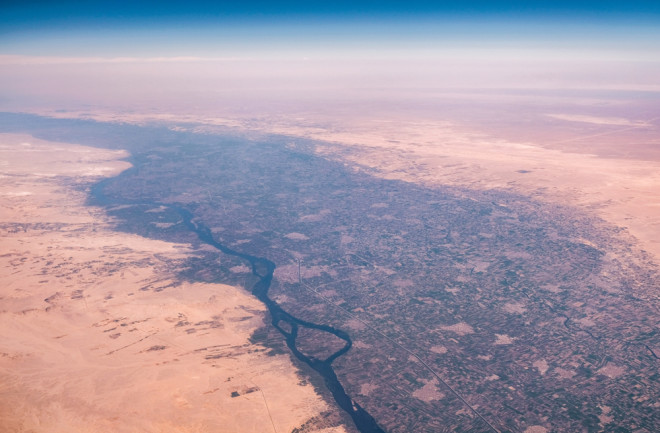This article was originally published on May 9, 2021.
The quest to discover the source of the Nile River was one of the most important scientific questions of the 19th century in Europe. While it’s difficult to envision such conundrum in the era of Google Maps, the search was nearly as gripping as the race to put a man on the moon, as it was wrapped up in heroics and intrigue.
Expeditions led to the glorification of figures like David Livingstone, Henry Morton Stanley and Richard Francis Burton — but at the cost of injury, illness and even death in Livingstone’s case. At the same time, the geographic quest, in some ways, sparked European colonial interest in Africa, the legacy of which lives on today.
“The mystery of the source of the Nile has been a challenge for three millennia,” says Christopher Ondaatje, an explorer who wrote the book Journey to the Source of the Nile.
While several explorers have claimed discovery over the centuries, the source of the Nile River actually remains something of an open question even today, according to modern experts.

